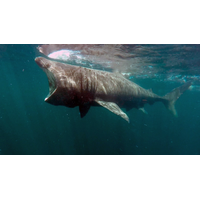
SharkCam Reveals Secrets of UK Basking Sharks
An autonomous underwater vehicle (AUV) known as the REMUS SharkCam has been used in the UK for the first time to observe the behavior of basking sharks in the Inner Hebrides, off the west coast of Scotland.The groundbreaking technology, designed and built by the Oceanographic Systems Laboratory at Woods Hole Oceanographic Institution (WHOI), is set to reveal the secret lives of the world’s second largest fish—a species that little is known about, despite being prevalent in the region’s waters.The research team, which included colleagues from the University of Exeter, World Wildlife
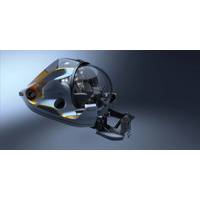
Subsea Electrification: Subsea Power Evolves
28Ah or other size options. They are able to operate in water depths to 6,000 meters. Multiple SeaSafe batteries can easily be connected together to meet the voltage and power needs of various applications.These autonomous battery packs are easy to use and are designed for use in subsea vehicles, oceanographic systems, and deepwater oil and gas infrastructure. The batteries have been used in short-duration, high-power demand applications and long-duration, low-power demand situations. Applications include autonomous underwater vehicles for propulsion, control, and instrumentation; in remotely located infrastruc
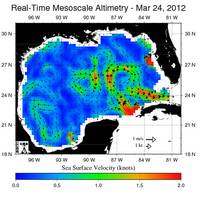
New Research on Gulf of Mexico Loop Current
great progress,” Oskvig said, “but there’s never been a long-term, comprehensive, internationally and multi-institutionally coordinated effort.”“Over time this campaign could generate valuable knowledge able to help improve understanding of the Gulf’s complex oceanographic systems, promote safer offshore operations, facilitate disaster response, and protect coastal communities and ecological resources, among other things,” Oskvig said.The eight new projects selected for grant awards through the first funding competition were chosen to conduct specific studies
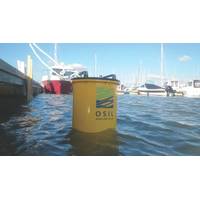
MTR100: OSIL
Data buoys and monitoring systems manufacturer Ocean Scientific International Ltd. (OSIL) provides integrated systems for environmental monitoring in all marine applications, including MetOcean, Dredge, Coastal and Environmental Monitoring. The U.K.-based oceanographic systems company’s fully instrumented data buoys and monitoring platforms are tailored to customer requirements and operational needs, and may feature a range of instruments including Multiparameter Sondes, Current Meters/Profilers, CTDs, SVs and Meteorological sensors. OSIL offers a wide variety of sediment coring equipment
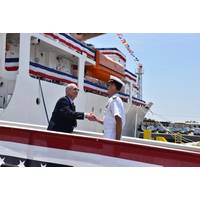
US Navy's New Oceanographic Vessel Sets Sail
of the Pathfinder-class oceanographic survey ships and is paving the way for a new class of ships better equipped to support AUV survey operations. The ship is 353-feet-long, 24 feet longer than the previous T-AGS design to accommodate a moon pool used for launch and recovery of AUVs and other oceanographic systems. Maury is operated by Military Sealift Command (MSC) and is technically controlled by NAVOCEANO for Commander, Naval Meteorology and Oceanography Command based at Stennis Space Center in southern Mississippi
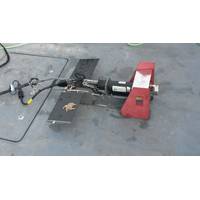
OSIL Reports Rising Interest in the MiniBAT
Oceanographic systems engineering company OSIL (Ocean Scientific International Ltd) reports it is seeing increasing levels of enquiries for its towed instrumentation platform, the MiniBAT. The MiniBAT is a lightweight system that is remotely operated from a topside control box and can be towed through the water column at fixed depths (or heights above the seabed), or set in an undulating pattern to obtain data readings throughout the water column. The flexible profiling system has been designed for use with a wide variety of data collection instruments including side scan sonar, SV units, CTDs
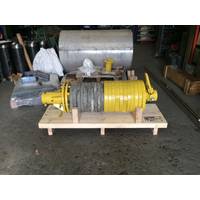
OSIL Offer Corer and Grab Refurbishment Service
Corer and grab refurbishment services are being offered by UK-based oceanographic systems engineering firm Ocean Scientific International Ltd (OSIL). Corers and grabs can sustain damage during deployment and recovery and, through use, components can become worn. OSIL are able to strip down and fully refurbish a wide range of grabs and sediment corers, including Gravity Corers, Box (or Spade) Corers, Van Veen Grabs and Day Grabs, replacing components where necessary, and re-certifying load bearing wire ropes, etc. OSIL are also able to re-design and re-make customers own existing coring systems
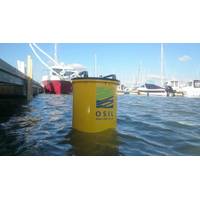
New Micro Field Buoy from OSIL
U.K.-based oceanographic systems company Ocean Scientific International Ltd. (OSIL) introduced a new, ultra compact buoy platform into its range of fully integrated systems. The Micro Field Buoy is just 0.3m in diameter, and weighs only 15kg (without instrumentation), meaning it is easy for one person to handle in the field, is suitable for airborne, vessel based or land based deployment, and yet can still transmit data to users in real-time, providing a rapid response to environmental changes. The buoy platform can accommodate a variety of instruments or environmental sensors (including CTDs

New Micro Field Buoy from OSIL
U.K.-based oceanographic systems company Ocean Scientific International Ltd. (OSIL) has introduced a new, ultra compact buoy platform into their existing range of fully integrated systems. The Micro Field Buoy is just 0.3m in diameter, and weighs only 15kg (without instrumentation), meaning it is easy for one person to handle in the field, is suitable for airborne, vessel based or land based deployment, and yet can still transmit data to users in real-time, providing a rapid response to environmental changes. The buoy platform can accommodate a variety of instruments or



 February 2024
February 2024





